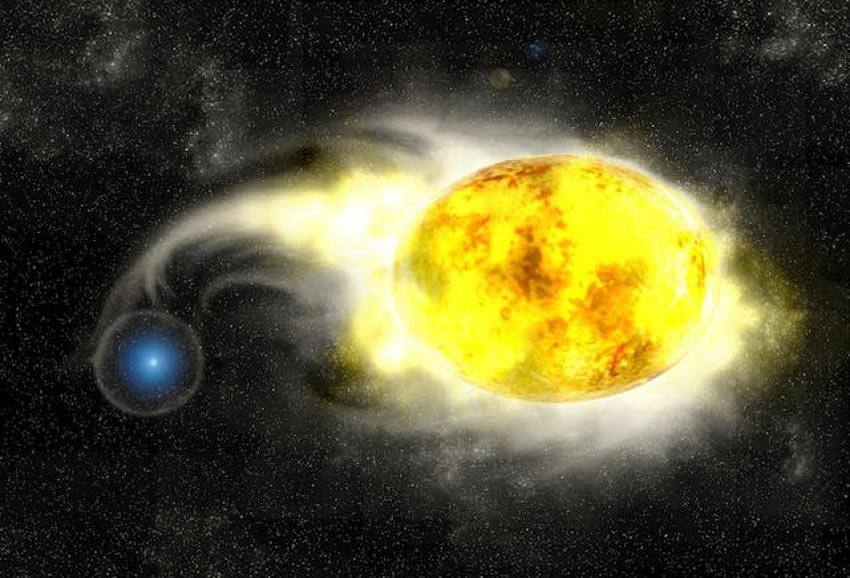
If the progenitor system to 2019yvr was in such a binary, it must have had a very close interaction that stripped a large amount of hydrogen from the yellow supergiant in the last 100 years before it exploded as a supernova.
A curiously yellow pre-supernova star has caused astrophysicists to re-evaluate what’s possible at the deaths of our Universe’s most massive stars.At the end of their lives, cool, yellow stars are typically shrouded in hydrogen, which conceals the star’s hot, blue interior.But this yellow star, located 35 million light years from Earth in the Virgo galaxy cluster, was mysteriously lacking this crucial hydrogen layer at the time of its explosion.
It’s almost impossible for a star to be this cool without having hydrogen in its outer layer.
We looked at every single stellar model that could explain a star like this, and every single model requires that the star had hydrogen, which, from its supernova, we know it did not.
After the Young Supernova Experiment spotted supernova 2019yvr in the relatively nearby spiral galaxy NGC 4666, the team used deep space images captured by NASA’s Hubble Space Telescope, which fortunately already observed this section of the sky two and a half years before the star exploded.
The Hubble images show the source of the supernova, a massive star imaged just a couple of years before the explosion.This led the team to hypothesize that the progenitor star might have expelled the hydrogen within a few years before its death.
If the star was having these eruptions, then it likely expelled its hydrogen several decades before it exploded.”.
In the new study, Kilpatrick’s team also presents another possibility: a less massive companion star might have stripped away hydrogen from the supernova’s progenitor star.However, the team will not be able to search for the companion star until after the supernova’s brightness fades, which could take up to a decade.
“Unlike its normal behaviour right after it exploded, the hydrogen interaction revealed it’s kind of this oddball supernova,” Kilpatrick said.